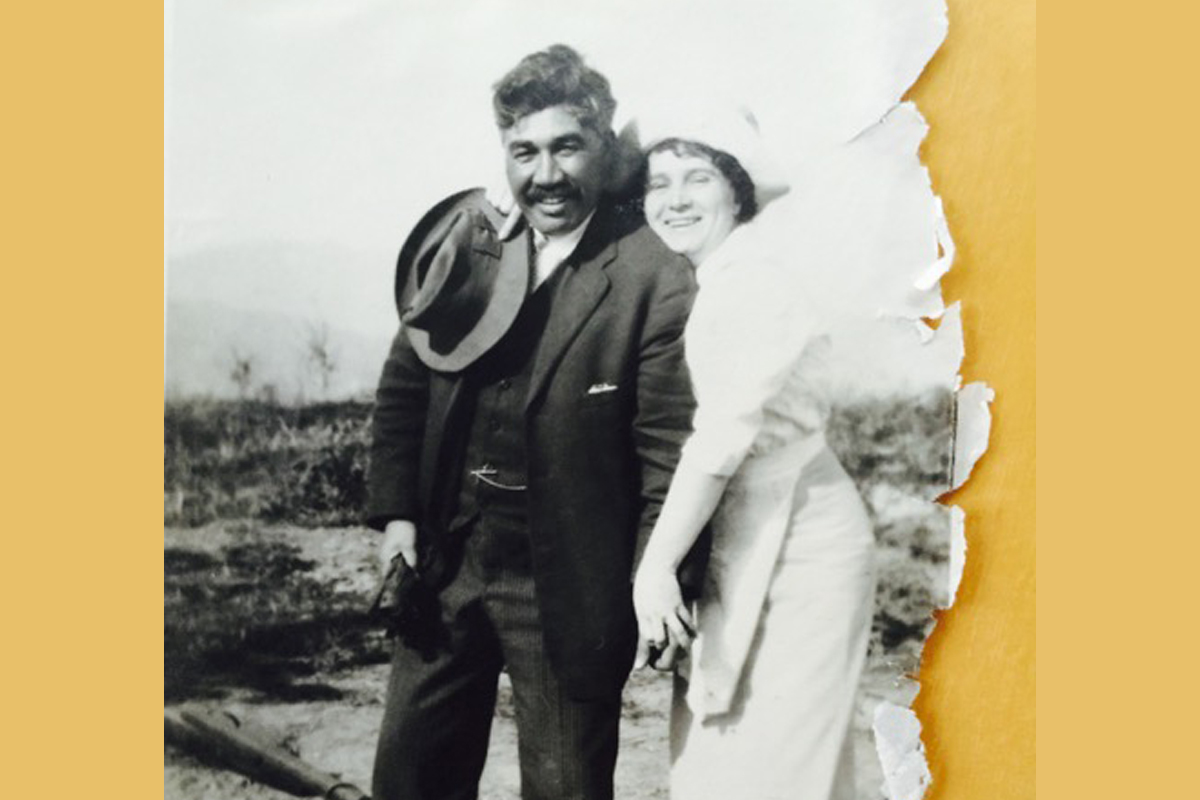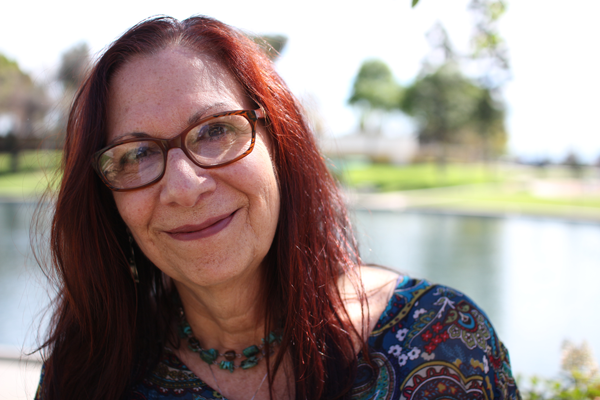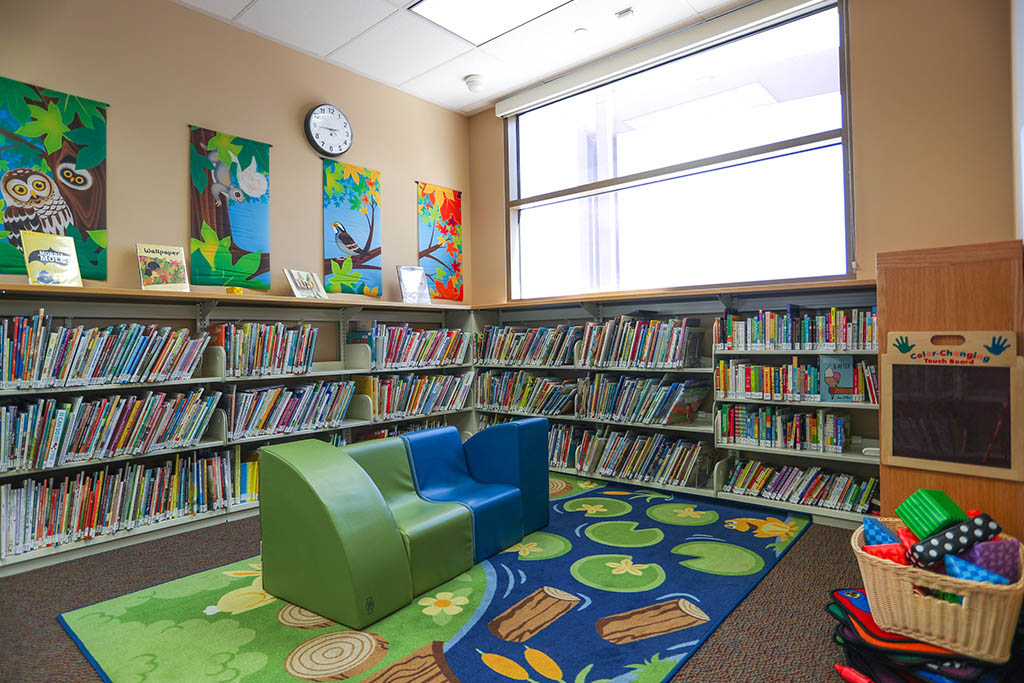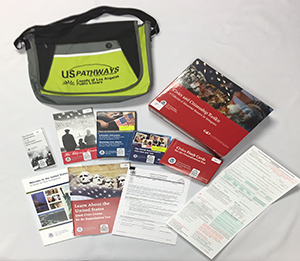A Piece of Myself

When I was a kid I would tell others I was from somewhere else. Hawaii was a place I had visited and loved when I was 13. The Hawaiian and Tahitian music and dancing, the beautiful racial features, and the mellow, peaceful ways of the islanders captivated me. I had met a young native Hawaiian surfer, Dustin. I scared the pants off my mom and her boyfriend Bob, after staying in the water with Dustin on our surfboards for close to four hours; they couldn’t find me. Finally, I was telling people I grew up there, even though I was a native Angelina and had only spent two weeks on the islands. I started to believe it.
At 16, I ran away from home and crossed illegally into Mexico. I dropped out of college in my late 20s to go live in Spain with my boyfriend, a Spaniard, to study flamenco and become a professional belly dancer.
Then, on one of my visits home from Spain, I was handed a treasure chest full of old family photographs. One photo in particular caught my attention.
In the photograph was a handsome man who looked like Pancho Villa, standing lovingly next to a white woman who smiled broadly while embracing him. She held his hat in her hand, while draping her arm around him. This was my introduction to my maternal great-grandparents. Pedro (Peter) Leon Lopez, born (1867) and bred in the city of San Fernando, and Lettie Mae Williams Lopez, a white Protestant who came to L.A. by herself from Ohio to visit a friend. I knew about my great-grandmother, who we called Grannie. She was still alive when I was little, but I knew nothing about Peter. Seven months after they were married in 1894 they gave birth to my grandmother, Bertha Lopez.
The contrast of their skin color ran counter to the segregated norms of the time. It seemed that my great-grandparents were breaking some social and racial barriers that drew me to them even more.
I began to research their lives. The Lopez lineage was linked to 44 settlers who left the San Gabriel Mission in 1781 and founded the city of L.A. at Olvera Street. I was a Poblador descendent, but never knew it.
The sepia and black and white photographs my aunt had kept became an inroad into my quest for the cultural heritage gone missing from my childhood. I took seriously my role as caretaker of these heirlooms. A cracked and yellowed clipping from a Los Angeles Times Sunday Magazine dated February 9, 1936, described the historic founding families that dominated Los Angeles during the time historians referred to as the “romantic era” of the ranchos. The Lopez clan was one of the 25 familias that owned most of the Southland during those early years when the area was part of Spain and then Mexico. The article also mentioned that another of my ancestors, Francisco Lopez, discovered gold back in 1842 in Placeritos Canyon, six years before the gringos came in to claim their big “discovery.”
I then came across a piece of memorabilia that belonged to my grandmother, a pamphlet titled Enchanted Pueblo: The Story of the Rise of the Modern Metropolis Around the Plaza de Los Angeles, by Ed Ainsworth, sponsored by Bank of America. It was an Anglo American’s version of the pastoral rancho days, describing “a town in perpetual siesta, and a population that had moved forward in most slothful fashion.” The well-known Sheriff Eugene Biscailuz – whose father was French Basque, and whose mother was part of the Lopez clan – dedicated the book to my grandmother Bertha, his cousin.
I was baffled that I never heard about this family heritage while growing up.
I began devouring every book and historical document I could get my hands on. I learned my ancestors came up from Baja California with the Spanish explorer Gaspar de Portola and Junipero Serra in 1769. Later generations of the Lopez clan were mayordomos at both the San Gabriel and San Fernando missions. One ancestor, Pedro Lopez, who Peter was named after, continued converting Indians into Catholicism even after the missions were secularized. During the Mexican American war, he had a close friendship with General Fremont, and his nephew carried the truce flag when Fremont and his troops invaded.
I assume that because Pedro and his siblings and extended family were all born in Los Angeles, they felt less allegiance to Mexico. By the 1850s, the rancho lifestyle in the Valley was slowly becoming a thing of the past as many of the aristocratic Californio families, including mine, comfortably integrated with the white Anglo population, even as their lands and fortunes were confiscated. The Lopez family showed no resistance to these changes, perhaps because they maintained their land and positions of influence while developing strong friendships and marital ties with the newcomers.
Peter’s father, Valentino, built the Lopez Adobe in 1882-83 on land he bought from a mission Indian. It’s still standing today on the corner of McClay and Pico in the city of San Fernando. Peter was 16 when the Adobe was built. He later became a mail carrier, a road overseer and cement contractor – he laid out the streets and poured sidewalks – and was the first marshal of the city of San Fernando. My mother remembers him taking prisoners, handcuffed to him, up to San Quentin prison. I spent months scouring the streets in San Fernando to find those old sidewalks with the P.L. Lopez stamp.
My treasure chest of photographs and old newspaper clippings also revealed that Mr. and Mrs. P.L. Lopez held frequent parties and barbeques at their Rancho Solita in Little Tujunga Canyon. The more I read, the more it seemed that mixed race couples were less an aberration. All of their friends and guests at these parties and barbecues were Anglo. There is no Hispanic surname mentioned. Their generation intermingled and intermarried more with Anglos than within their own ethnic group; both my grandmother and mom’s generation followed suit. I broke the pattern by marrying a Mexican when I crossed into Mexico illegally as a teenager.
Yet photographs show my grandmother, Bertha, as a young woman dressed in Spanish mantillas draped over the traditional high combs, and beautiful embroidered mantón de Manila shawls. But over time, Bertha felt the anti-Mexican backlash and told us she didn’t like being called “a dirty Mexican;” she chose to disassociate as much as possible with anything Mexican, but occasionally alluded to her “Spanish” heritage. Similar to my made-up story about being from Hawaii, she also created an imagined identity.
Bertha’s friends were all Anglos, and she socialized with the more affluent circles of the day in San Fernando. They would travel the world together. Her house was full of artifacts from the “orient” – the term she used when referring to some of her favorite destinations: Hong Kong, Singapore, the Philippines, Hawaii, etc. I was fascinated with the ornately carved furniture and knick-knacks that adorned her living room; I would dream of going to the places where they came from. Sometimes I’d play the grand piano that had the mantón de Manila from her childhood draped over its edge. But she reprimanded us if we ever touched her stuff, and scolded us harshly if we broke anything; I never felt at home there. Even though I inherited her adventurous spirit and travel bug, I never had a close relationship with my grandmother.
It’s still surprises me that she never mentioned anything about the Lopez Adobe. When I returned from Mexico, we sat and chatted in Spanish; hers was somewhat broken by this time. She was on her second marriage, to a man who was much younger, a Southerner who reminded us of Fred Flintstone, but who took care of her until she passed. Her gusto for life had not changed. We drank cocktails that afternoon while I told her about my life in Mexico; she gave me hell for having run away from home and causing them all so much angst.
By the time my generation came along, any connection to the Lopez cultural legacy was nonexistent. I stumbled upon my roots at a time when Latino culture was fast becoming a part of mainstream America, and when in many areas of L.A. Spanish was the unofficial language.
A piece of myself was satiated knowing I was a Lopez. It’s no coincidence that I had been a child bride down in Mexico, or chose to live in Spain all those years, or that upon returning to Los Angeles in 1984 my work would be intricately tied to the Latino community; it still is today.
Yet I couldn’t keep my mind off the photograph of Peter and Lettie Mae, most likely taken when they first met or had just married – the union of two cultures that was just beginning to mix and create what became Los Angeles.
Lettie Mae came out to Los Angeles alone, and married a dark-skinned Mexican. She crossed cultural boundaries and settled far from her roots, which in the late 1800s must have felt like the other side of the world. I wonder how her family responded to her marrying a non-white man. Perhaps no different than mine did when I traveled to Mexico and married Oscar. My mom tells me that Peter had a gentle disposition. It comes through in all the photos I have of him. I wish I had known my great grandparents; sometimes I feel like I did.
And that special photograph that reveals their warmth and love for each other? With its ragged and ripped edges, it never seems to fade. It’s my iPhone wallpaper; they accompany me wherever I go.

November 7, 2015










